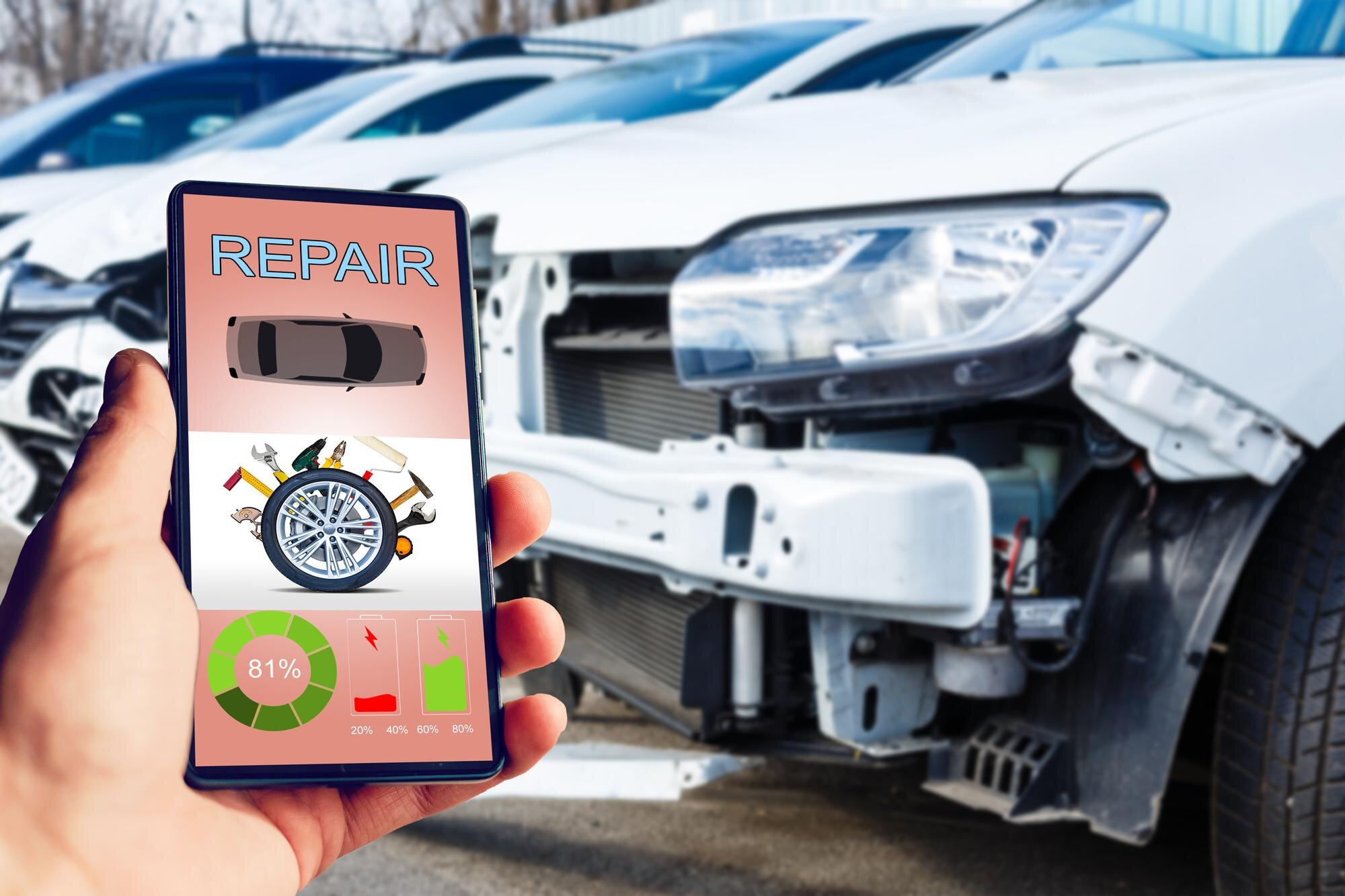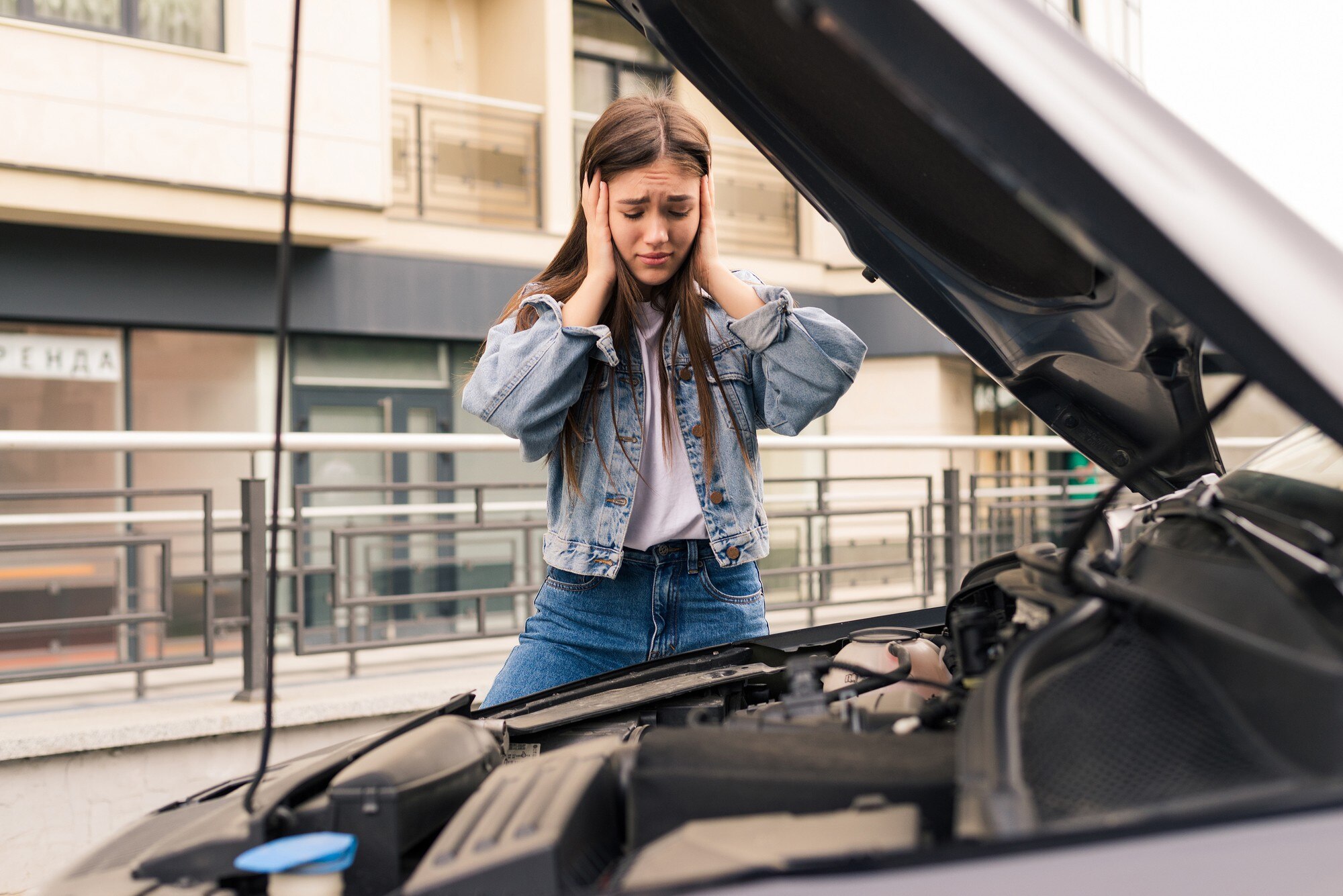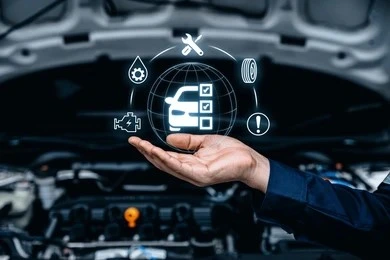Identify the reasons behind unusual car noises and learn how to fix them before they worsen.
Introduction
Cars are complex machines with many moving parts that work in harmony to ensure smooth performance. However, over time, these parts can wear out or malfunction. Detecting common car problems early not only helps in preventing expensive repairs but also ensures the safety and reliability of your vehicle. In this blog, we’ll explore the most common car problems and how you can identify them before they become serious issues.
1. Engine Misfires
What It Is: An engine misfire occurs when one or more cylinders fail to ignite properly. This can lead to rough idling, a decrease in performance, and poor fuel efficiency. Learn more about engine misfires and how to diagnose them.
How to Detect It Early:
- Rough idling: If your car shakes or vibrates at idle, it could be a sign of a misfire.
- Unusual exhaust smells: A strong odor of fuel or exhaust may indicate incomplete combustion.
- Check engine light: A misfire can trigger the check engine light. If you notice it, get your car inspected.
Early Detection Tip: Pay attention to changes in how your car sounds or feels when idling. If the engine seems more sluggish than usual, have it checked immediately.
2. Worn Brake Pads
What It Is: Brake pads wear down over time, reducing their ability to effectively stop your vehicle. Worn pads can also damage the brake rotor, leading to more costly repairs. Here’s a guide to understanding brake pad wear.
How to Detect It Early:
- Squealing or grinding noises: A high-pitched squeal or a metal-on-metal grinding sound means your brake pads are too thin.
- Vibration or pulsation when braking: This could indicate warped rotors caused by worn-out pads.
- Longer stopping distance: If it takes longer to stop, your brakes might not be as effective.
Early Detection Tip: Keep an ear out for unusual sounds when applying the brakes, and get them checked at regular intervals, especially if you notice any change in braking performance.
3. Low Oil Pressure
What It Is: Low oil pressure can indicate a serious issue, such as insufficient oil levels or a failing oil pump. Without adequate oil pressure, the engine components can suffer from excessive friction, leading to costly damage. Learn more about the causes of low oil pressure.
How to Detect It Early:
- Oil pressure warning light: If this light comes on, it’s a clear indication that something’s wrong.
- Strange noises from the engine: A ticking or knocking sound often suggests low oil levels or pressure.
- Decreased engine performance: You might notice a decrease in power or performance when oil pressure is low.
Early Detection Tip: Check the oil level regularly and keep an eye out for warning lights or odd noises. Regular oil changes help prevent low oil pressure and protect your engine.
4. Faulty Alternator
What It Is: The alternator charges the battery and powers the electrical system when the engine is running. A faulty alternator can lead to a dead battery, leaving you stranded. Check out this alternator maintenance guide.
How to Detect It Early:
- Dimming or flickering lights: If your headlights or dashboard lights dim while driving, it could indicate an alternator issue.
- Dead battery: If your battery frequently dies, it could mean the alternator isn’t charging it properly.
- Electrical malfunctions: Faulty alternators can cause issues with power windows, radio, or air conditioning.
Early Detection Tip: If you notice electrical issues, get your alternator checked. Replacing it early can save you from more severe electrical system problems.
5. Overheating Engine
What It Is: An overheating engine occurs when the engine’s cooling system fails to regulate the temperature. This can be caused by low coolant levels, a broken radiator, or a faulty thermostat. Learn more about preventing engine overheating.
How to Detect It Early:
- Temperature gauge reading high: If the engine temperature gauge moves into the red zone, it’s a clear sign that the engine is overheating.
- Steam from the engine: If you see steam or smoke coming from under the hood, stop driving immediately.
- Coolant leaks: Puddles of coolant under your car could indicate a leak in the cooling system.
Early Detection Tip: Keep an eye on your engine temperature and look for signs of leaks under your vehicle. If the temperature gauge climbs higher than normal, pull over and let the engine cool down.
6. Uneven Tire Wear
What It Is: Uneven tire wear occurs when your tires wear down unevenly, often due to misalignment, improper inflation, or suspension problems. This can affect handling and safety, especially in wet conditions.
How to Detect It Early:
- Visible tread wear: Inspect your tires for bald spots or areas of excessive wear.
- Steering issues: If your car pulls to one side or feels off-center while driving, it could indicate misalignment or suspension problems.
- Vibration while driving: A noticeable vibration, especially at higher speeds, can be a sign of uneven wear.
Early Detection Tip: Regularly rotate your tires and check their pressure. If you feel any unusual vibrations or pulling while driving, take your car in for a wheel alignment and tire inspection.
7. Transmission Problems
What It Is: Transmission issues can range from slipping gears to failure to shift properly. These problems can make driving difficult and lead to total transmission failure if left untreated.
How to Detect It Early:
- Slipping gears: If your car unexpectedly changes gears or struggles to stay in gear, it’s a sign of a transmission problem.
- Unusual noises: Grinding or whining noises when shifting can indicate internal transmission damage.
- Delayed or hard shifting: If your car hesitates or is slow to change gears, the transmission may need attention.
Early Detection Tip: Regularly check the transmission fluid levels and look for signs of difficulty while shifting. If you notice any abnormal behavior, have the transmission checked right away.
8. Suspension Issues
What It Is: The suspension system includes components like shocks and struts, which help control the car’s handling and comfort. Worn suspension parts can cause your car to handle poorly, especially on rough roads.
How to Detect It Early:
- Bumpy or rough ride: If your car feels unusually bouncy or if you notice excessive body roll during turns, your suspension may be worn.
- Leaking fluid: A visible leak under the vehicle can indicate a problem with your shocks or struts.
- Noise while driving: Squeaking or clunking noises from the suspension area can be a sign of worn-out parts.
Early Detection Tip: If you feel that your car is bouncing excessively or makes strange noises when driving over bumps, have your suspension checked to prevent further damage.
Conclusion
Regular vehicle maintenance and early detection of common car problems can save you money and improve your car’s lifespan. By staying vigilant for warning signs and scheduling routine inspections, you can keep your car in optimal condition and avoid costly repairs down the road. Remember, your car’s performance relies on the health of its parts, and early intervention is key to preventing major issues from developing.
Key Takeaways:
- Engine misfires, worn brakes, and overheating engines are just a few of the common car problems to watch for.
- Regularly inspect your vehicle and stay on top of its maintenance schedule.
- Don’t ignore warning signs like unusual sounds, vibrations, or lights; they could be the first signs of a more serious issue.
By identifying these issues early, you can ensure your vehicle runs smoothly and efficiently for years to come.




Share this post: